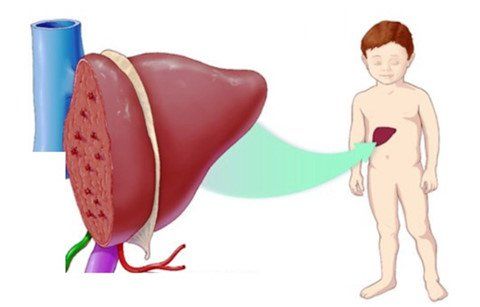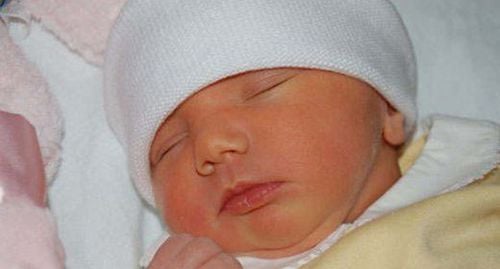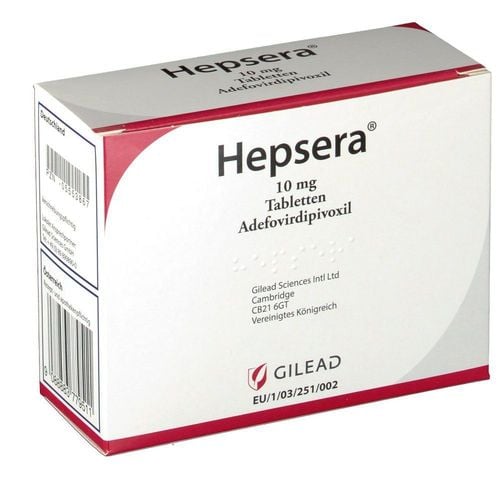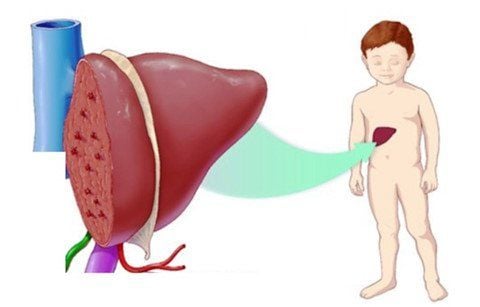This is an automatically translated article.
Video content is professionally consulted by Professor, Doctor, Doctor Lee Suk Koo - Department of General Surgery - Vinmec Times City International Hospital
The biliary system plays a role as a path to eliminate toxins from the body, when this system is blocked, bilirubin (a substance made by the liver) will not be able to enter the intestines and will enter the bloodstream. , deposited causing jaundice, yellow eyes (scleroderma). After a while, leading to secretion of fluid into the abdomen called ascites, ascites gradually increases, causing the abdomen to enlarge.
According to Professor, Doctor, Doctor Lee Suk Koo - Vinmec Times City, congenital biliary atresia is a medical condition in which the bile ducts in the liver are atrophied and blocked. Until now, medicine has not found a specific cause of congenital biliary atresia in children, however, there are 2 supported theories, the first is a congenital defect in the biliary tract and the other is a viral infection that causes the disease. This narrows the biliary lumen, eventually causing obstruction and atrophy of the biliary tree.
Congenital biliary atresia not only leads to jaundice but also many other serious complications, eventually progressing to decompensated cirrhosis, a high risk of death in young children.
Children who are found to have congenital biliary atresia should be intervened before severe cirrhosis. First, the child will have Kasai surgery to remove the atrophy of the biliary tree and make an intestinal connection with the liver to help bile flow down to the intestines.
After a therapeutic intervention, such as Kasai surgery, most children with congenital biliary atresia will develop cirrhosis and need a liver transplant. That is why liver transplantation is the last option for children with biliary atresia.
To date, there is no method to screen for congenital biliary atresia before the baby is born. In the case that if fortunately there is a method to detect congenital biliary atresia before birth, there is no treatment strategy before the baby is born.
When children have jaundice due to congenital biliary atresia, they will have pale stools at the same time as the skin and sclera of the eyes turn yellow. Therefore, Professor, Doctor, Doctor Lee Suk Koo recommends that whenever parents see a child with the above symptoms or signs, they must take the child to see a pediatrician as soon as possible. When congenital biliary atresia is diagnosed, the first possible intervention is to perform Kasai surgery to induce bile flow into the intestine. However, the success rate is not high, before the age of 20, 85% of children with biliary atresia need a liver transplant. When initial Kasai surgery fails, most cases (congenital biliary atresia) require a liver transplant.
Please dial HOTLINE for more information or register for an appointment HERE. Download MyVinmec app to make appointments faster and to manage your bookings easily.













